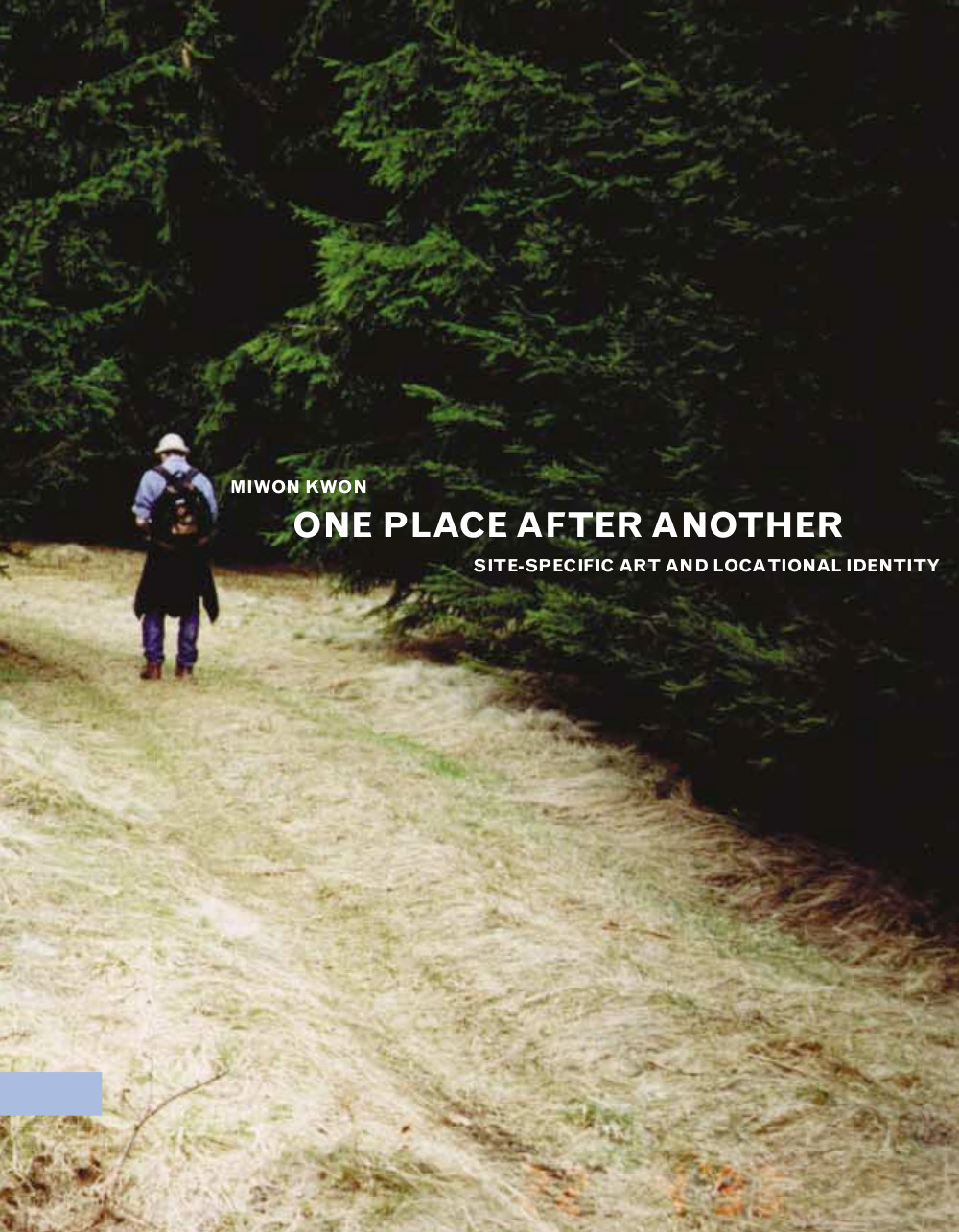Marga Bijvoet: Art as Inquiry: Toward New Collaborations Between Art, Science, and Technology (1997) [EN, DE]
Filed under book | Tags: · 1960s, 1970s, art, art and science, art history, art theory, artistic research, ecology, environment, land art, media art, science, site-specific art, systems art, technology, video, video art

“Art as Inquiry is a pioneering yet under-recognized monographic study of art in the 1960s and early 1970s; Despite the subtitle, Bijvoet’s artistic concerns are not exclusively focused on science and technology, but rather with the “‘moving out’ into nature or the environment and the “moving ‘into technology’”: twin tendencies that, in her mind, stand out amidst the pluralism of 1960s art. She claims that these movements not only broke “the boundaries of art and … the commercial art world structure” but more importantly that environmental artists and tech artists both sought out and engaged in collaborations in which the artist “entered into a new relationship with the environment, space, public arena, onto the terrain of other sciences.”” (Edward A. Shanken)
Publisher Peter Lang, 1997
ISBN 0820433829, 9780820433820
x+283 pages
Review: Alan Dorin (2006).
WorldCat (EN)
Art as Inquiry (English, 1997, HTML, at Internet Archive)
Kunst-Forschung (German, n.d., HTML, at Internet Archive)
Miwon Kwon: One Place after Another: Site-Specific Art and Locational Identity (2002)
Filed under book | Tags: · art, art history, collaboration, collaborative art, institutional critique, participation, site-specific art

“Site-specific art emerged in the late 1960s in reaction to the growing commodification of art and the prevailing ideals of art’s autonomy and universality. Throughout the 1970s and 1980s, as site-specific art intersected with land art, process art, performance art, conceptual art, installation art, institutional critique, community-based art, and public art, its creators insisted on the inseparability of the work and its context. In recent years, however, the presumption of unrepeatability and immobility encapsulated in Richard Serra’s famous dictum “to remove the work is to destroy the work” is being challenged by new models of site specificity and changes in institutional and market forces.
One Place after Another offers a critical history of site-specific art since the late 1960s and a theoretical framework for examining the rhetoric of aesthetic vanguardism and political progressivism associated with its many permutations. Informed by urban theory, postmodernist criticism in art and architecture, and debates concerning identity politics and the public sphere, the book addresses the siting of art as more than an artistic problem. It examines site specificity as a complex cipher of the unstable relationship between location and identity in the era of late capitalism. The book addresses the work of, among others, John Ahearn, Mark Dion, Andrea Fraser, Donald Judd, Renee Green, Suzanne Lacy, Inigo Manglano-Ovalle, Richard Serra, Mierle Laderman Ukeles, and Fred Wilson.”
Publisher MIT Press, 2002
ISBN 0262112655, 9780262112659
230 pages
PDF (updated on 2012-8-3)
Comment (0)Nick Kaye: Site Specific Art: Performance, Place and Documentation (2000)
Filed under book | Tags: · architecture, art, art history, body art, land art, performance, performance art, site-specific art

“Site Specific Art traces the historical antecedents of today’s installation and performance art, while also assembling a documentation of contemporary practice around the world.
The book is divided into individual analyses of the themes of space, materials, site, and frames. These are interspersed by specially commissioned documentary artworks from practitioners and artists working today. The artistic processes involved are demonstrated through new articles from Meredith Monk, Station House Opera, Brith Gof, Forced Entertainment, and Michelangelo Pistoletto.”
Publisher Routledge, 2000
ISBN 0415185599, 9780415185592
238 pages
PDF (updated 2011-9-3)
Comments (2)
